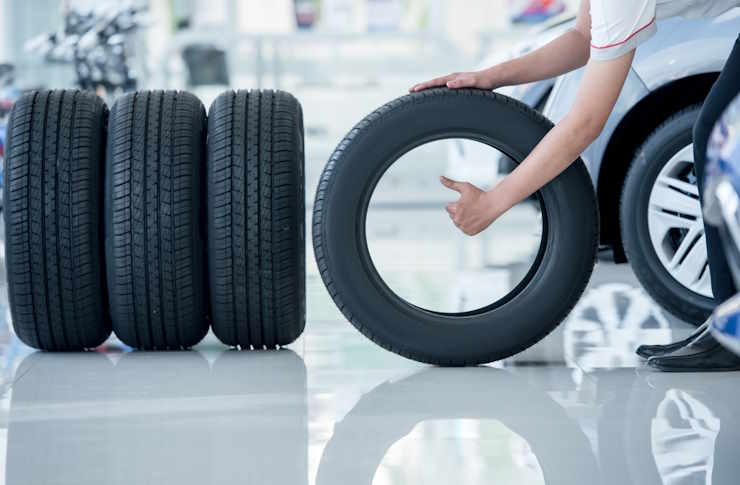Protecting undercarriage components from corrosion
Corrosion of a vehicle’s undercarriage can compromise safety, reduce fuel efficiency, and lower resale value. Regular preventive steps such as cleaning, inspection, and targeted treatments slow metal degradation and preserve components like brake lines, fuel tanks, and suspension parts. Understanding practical maintenance routines and inspection checkpoints helps owners and technicians minimize long-term damage.

Corrosion on a vehicle’s undercarriage starts small but can lead to costly repairs and safety risks if unchecked. Road salt, moisture, trapped debris, and mechanical wear accelerate rust on steel components including frame rails, brake and fuel lines, exhaust systems, and suspension parts. Effective protection combines regular maintenance, focused inspections, and appropriate treatments to slow or prevent metal loss while preserving vehicle performance and resale value.
maintenance: what regular tasks help prevent rust
Regular maintenance reduces the conditions that cause corrosion. Wash the undercarriage after exposure to salt or muddy roads using a pressure washer or a professional underbody wash to remove salts and grit. Replace worn rubber seals and undertray clips that trap moisture, and ensure drainage holes in body panels are clear. Keep fluids fresh and filters replaced on schedule to prevent related mechanical leaks that can speed corrosion around affected areas. Documenting maintenance dates also helps with resale and servicing history.
inspection: what to check and how often
Inspect the undercarriage visually at least twice a year, and more frequently if you drive in wet, coastal, or winter conditions. Look for bubbling paint, flaking metal, discoloration, and surface pitting on structural members, brake and fuel lines, fuel tanks, and mounting points. Pay attention to rubber brake and fuel hoses for cracking and to fasteners or welds for signs of fatigue. Use a flashlight and a mirror or raise the vehicle safely on jacks or a lift for a clearer view. Early detection limits spread and preserves diagnostics of related systems.
corrosion: targeted treatments and coatings
Surface rust can often be treated with mechanical removal, rust converters, and protective coatings. After removing loose rust with a wire brush or grinder, apply a corrosion-inhibiting primer and a durable undercoating or wax-based spray formulated for underbody use. Consider thin film rust inhibitors for crevices and internal cavities; these can be injected into hollow sections where moisture collects. For parts already compromised structurally, replacement is safer than cosmetic repair. Follow manufacturer recommendations for any coating applied near braking or suspension mounting points.
fluids and filters: how leaks and contamination affect the undercarriage
Leaking fluids accelerate corrosion where they contact metal repeatedly. Brake fluid, coolant, and fuel can degrade surrounding components and harm rubber parts; oil and transmission fluid can attract dirt and trap moisture. Regularly check and repair leaks and replace filters on schedule to maintain system integrity. Cleaning areas around leaks and ensuring clamps and lines are secure reduces localized corrosion risk and helps diagnostics during servicing or telemetry checks.
tires and brakes: why these systems matter for corrosion control
Tires and brakes influence both the mechanical load and environmental exposure of undercarriage components. Damaged wheel wells, bent splash guards, or misaligned tires can increase debris impact and moisture trapping under the vehicle. Braking systems are especially sensitive: corroded lines, calipers, and mounting hardware can reduce braking efficiency and safety. During brake servicing, have the technician inspect adjacent metal parts and fasteners, and consider replacing corroded clips or bolts rather than reusing compromised hardware.
diagnostics and servicing: integrating corrosion checks into routine service
Incorporate undercarriage corrosion checks into routine servicing and diagnostics. Mechanics can use handheld inspections, borescopes, and lift inspections to assess structural parts as part of scheduled servicing. Telemetry and onboard diagnostics won’t show rust directly, but related alerts—ABS faults, fuel pressure anomalies, or unexpected fluid loss—should prompt a physical underbody inspection. Keep service records to track recurring corrosion hotspots and to inform decisions on protective upgrades or part replacement.
Conclusion Protecting undercarriage components from corrosion is a combination of practical cleaning, scheduled inspections, targeted treatments, and attention to related systems like fluids, brakes, and tires. Addressing small issues quickly, using appropriate coatings, and integrating checks into regular servicing extend component life, maintain safety, and support vehicle efficiency and resale value. Consistent documentation of maintenance and observations helps guide long-term decisions about repairs and replacements.





